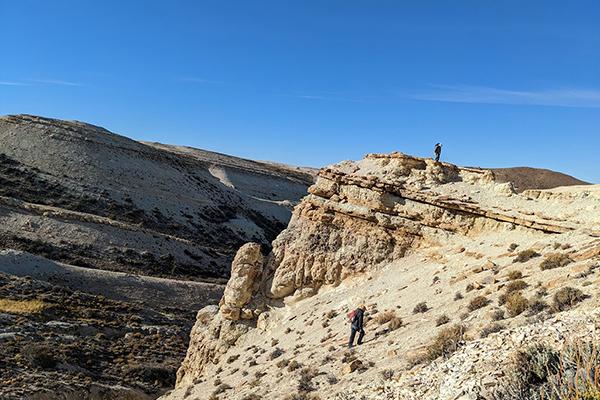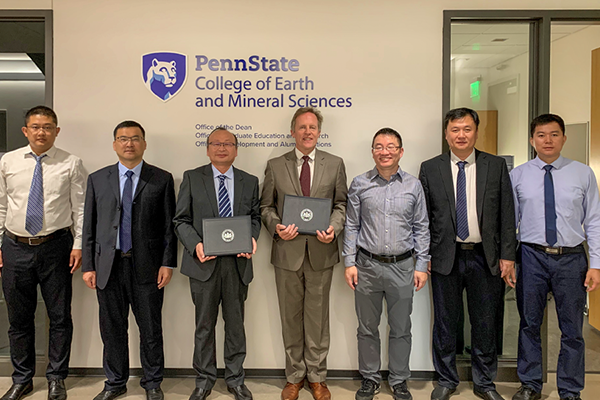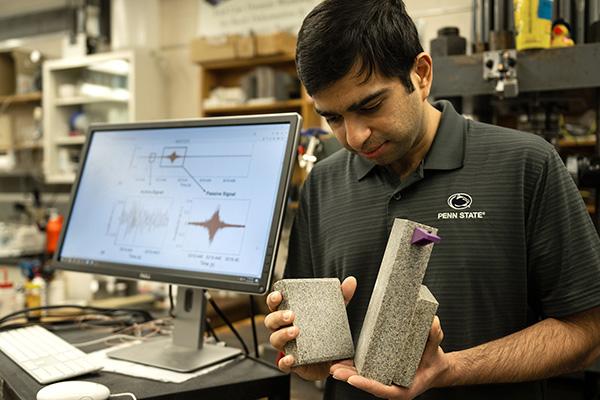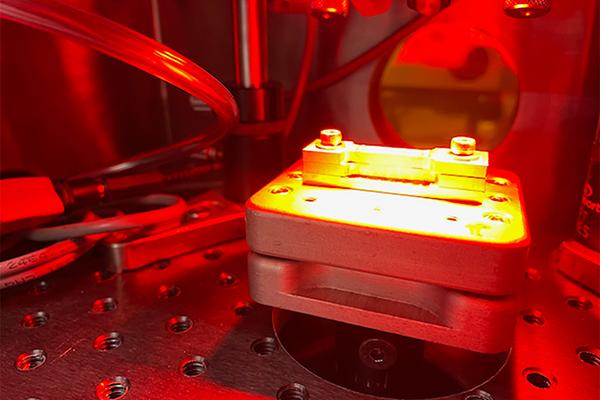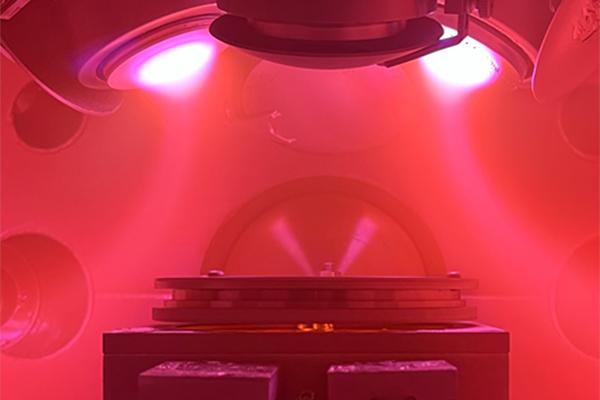Read the latest news about research conducted by investigators in the College of Earth and Mineral Sciences. Our faculty and students are continually advancing technology, creating solutions and expanding knowledge with new and innovative research.
News
How far would leaf-eating insects go to dine on their favorite food? Perhaps the other side of the world, according to researchers at Penn State who found insect damage on fossil leaves from South America that is nearly identical to what is seen today on those trees’ living relatives in Australia.
With an electric current and hydrogen peroxide, researchers at Penn State have developed a more efficient way to extract lithium, a key component in the batteries used in electric vehicles and portable electric devices, directly from ore found in the common mineral spodumene. The process could facilitate a 35.6% reduction in cost and a 75.3% reduction in CO2 emissions compared to traditional, less sustainable extraction methods, according to the team, led by Feifei Shi, assistant professor of energy engineering at Penn State.
Photon-counting CT scanning is the next-generation of computer tomography diagnostics, providing precise, multi-color imaging to simultaneously track biological processes. The Laboratory for Materials in Medicine, led by Dipanjan Pan, the Dorothy Foehr Huck & J. Lloyd Huck Chair Professor in Nanomedicine and professor of materials science and engineering and of nuclear engineering at Penn State, is advancing the imaging capabilities by developing contrast agents to target specific molecules and processes that may reveal more about disease progression than traditional scans.
Penn State’s College of Earth and Mineral Sciences and Shandong University of Science and Technology in China have signed a memorandum of understanding (MOU) to pursue collaborative research, teaching and educational opportunities. The goal of the MOU is to strengthen and disseminate research outcomes in environmental and safety sciences and mining engineering.
By refining an artificial intelligence approach to predicting earthquakes in the laboratory, or labquakes, engineers at Penn State are paving the way to one day help forecast natural earthquakes.
Fuel cells offer a form of clean energy across many sectors and are of particular interest in vehicles, where they produce no emissions. The production of fuel cells requires the use of a rapid laser welding process; however, welding at too high a speed results in humping, marked by surface irregularities on the weld seam.
As wildfires relentlessly sweep across Southern California and other parts of the world, Manzhu Yu, an assistant professor of geography at Penn State, offered insights into the ongoing crisis in Los Angeles (LA).
Mingyu Yu, doctoral candidate in materials science and engineering at Penn State, recently received the Graduate Student Research Award from the professional society AVS: Science and Technology of Materials, Interfaces and Processing for innovative research in two-dimensional materials.
Penn State researchers will use a grant from NASA to improve atmosphere and ocean forecasts by incorporating AI and satellite data into current forecasting models.
New discovery offers a new way to make ferroelectric materials without modifying their chemical formulation, which commonly degrades several useful properties.



